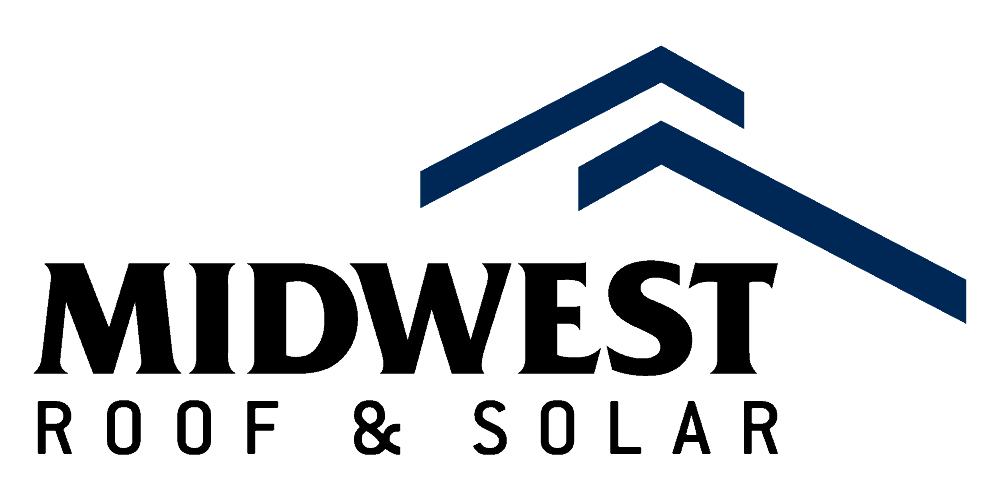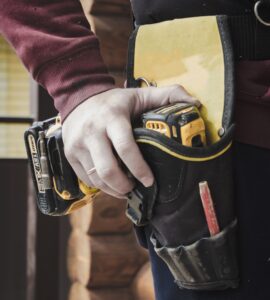The traditional American barn has a very distinct look. It’s often a big, red pole barn with a metal roof. You’ll find them dotting the landscape as you drive down the highway. These barns haven’t changed much in hundreds of years. But why metal?
It may seem like metal roofs would cost more and be harder to put in place on a large structure like this. Yet, the creation of these iconic looks is not just for aesthetics.
The History of Metal Roofs on Barns
The traditional barn we know today is a free-standing, often larger structure developed from the aisled medieval barn that was commonly used in Europe. These barns, called tithe barns or monastic barns, developed around the 12th century.
By the 15th century, many of these barns were found throughout much of Western Europe. The construction methods updated and modernized over time, moving from large buildings used as halls to simpler structures designed for animals and farm use. These aisled barns had a unique structure – often with large doors at the front and a passage corridor allowing wagons to load. Between several central poles were aisles called bays where the material was kept.
These structures had traditional wooden roofs, though some were also built with stone walls with thatched roofs. Most often, especially in rural areas, barns were made using whatever materials were available and the least expensive. It would not be until the mechanization of the farm that the roofs began to be metal instead of these other materials.
Metal roofs could be made easier and became more commonly found on barn roofs after World War II. Galvanized steel was more readily available at this time, and it was not uncommon to see full barns made from this material or built on treated wood frames.
Why Metal Roofs Work So Well for Barns
Property owners clearly benefit from the use of metal on barn structures. After all, if you have hay or animals in the barn, you want the most reliable option for keeping them dry and safe. There are a number of benefits to metal roofs on barns, though.
Metal roofs are sustainable
Have you ever noticed a barn on the side of the road and realized it’d been there most of your life? One of the most important components of building a barn is doing it so well that it does not require a lot of work over time. Metal is more sustainable and longer lasting than timbers. Today’s newest metal roofs are built to last – often as long as 40 to 50 years. That means fewer repairs and far fewer problems along the way.
More so, most of today’s metal barn roofs are made from recycled materials, and they are fully retable themselves, which makes them a good option for those looking to do what it takes to protect the environment. Eco-conscious property owners are finding this to be one of the longest lasting roofs to fit most needs.
Metal roofs come in numerous styles
Metal roofs are versatile enough to meet most needs, including stylish ones. Choose from various colors, finishes, and even numerous shapes to create the look and function that you want and need.
For some, a bright red roof on a pole barn can be an excellent choice. It enables people overhead to see the barn, and depending on the color you paint it, it could help to minimize heat and humidity buildup within the space. Gray and other darker colors can be beneficial in cold climates because they can help to retain more of the heat from the sun.
Maintenance is limited for metal roofs
Another key benefit is that the maintenance needed to maintain most metal roofs on pole barns is very limited. Most of the time, there is very little that needs to be done to them. Unlike traditional asphalt shingles, which may need repairs and inspections annually, metal roofs do not need as many repairs. Some manufacturers even provide a warranty on the paint for them as well. You can touch them up to improve their look over time, but you don’t need to if the roof is designed well.
Durability is top with metal roofs
Metal roofs also provide a very strong structural component to the building. They don’t degrade quickly, and they also can handle just about anything that strikes them, including falling tree branches and hail. If they are struck by lightning, they are not likely to catch on fire, and that could help to minimize risks if your barn is the tallest structure out in a field. They also are less likely to catch on fire if an adjacent building is on fire. That fire resistance can make them a fantastic investment.
They also do a good job of maintaining heavy weight from snow without the risk of caving in from the weight. Though you’ll still need to ensure they are strong and supported, you’ll be better able to count on this type of structure than traditional shingles.
Another key benefit is that termites aren’t interested – and most pets cannot burrow their way through them to create a nest in the top of your barn either.
Customize your metal roof
You may be able to work with the manufacturer to customize the size of your metal roof, too. You can have it look like your home or have a very classic, traditional look. Some may even wish to paint the top of them with the farm’s name or other distinctive features to help them be a statement piece on the farm.
From a small barn in the backyard to a large, working barn structure, metal roofs are a very common option because they provide the type and level of protection needed to secure these structures. When your time and budget matter, you want something that is going to last and take a beating without requiring a lot of your attention. Because of these features, metal barn roofs are the perfect investment for most needs.





